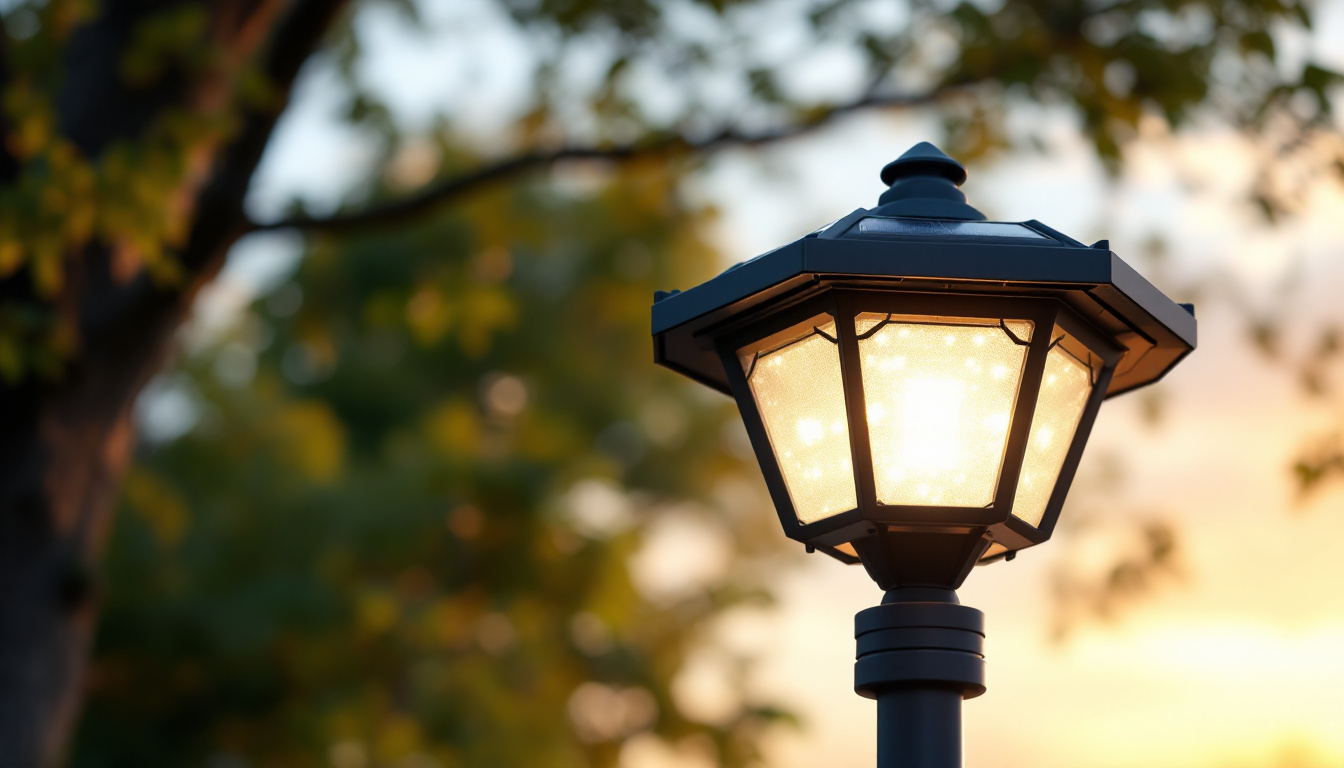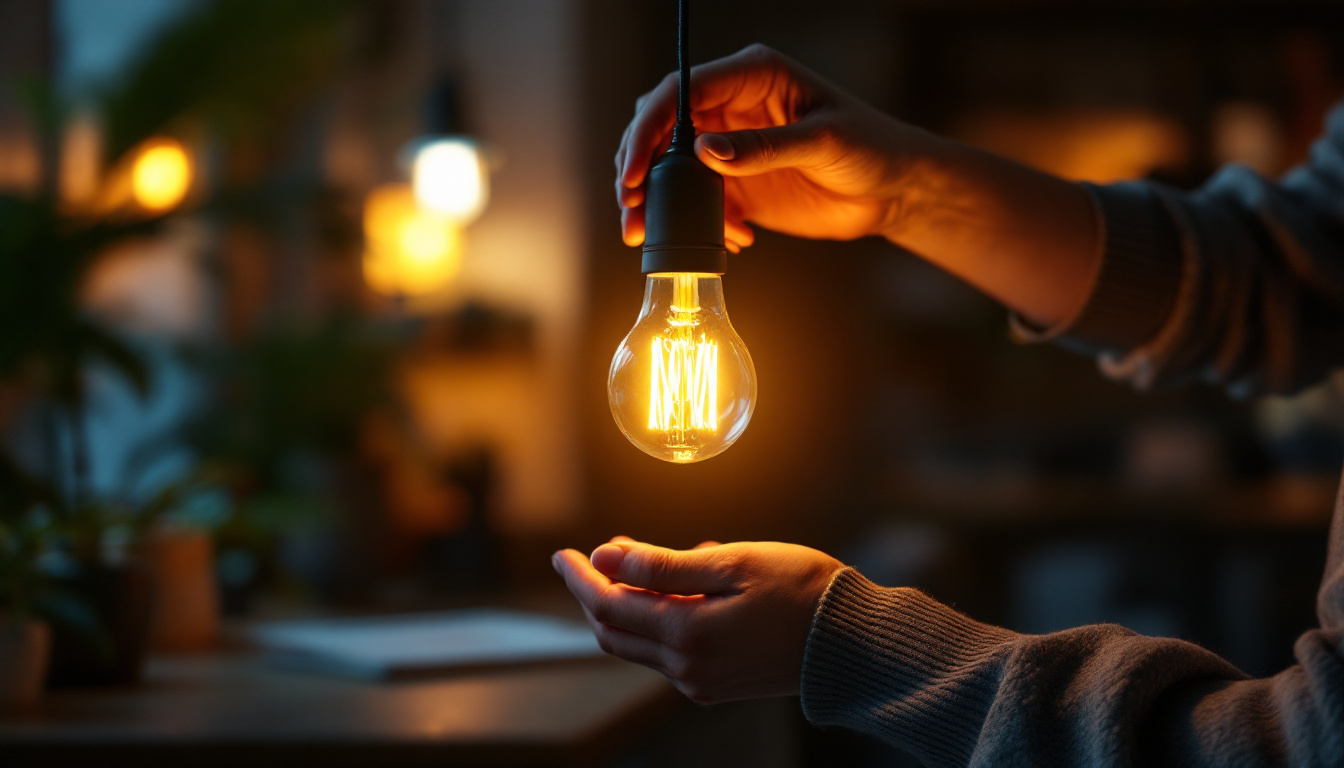

As the demand for sustainable energy solutions continues to grow, solar-powered LED lighting has emerged as a frontrunner in providing efficient and eco-friendly illumination. For lighting contractors, understanding how to optimize solar-powered LED systems is crucial to ensure maximum efficiency and satisfaction for clients. This article delves into various strategies and considerations that can enhance the performance of solar-powered LED lighting installations.
Solar-powered LED lighting systems consist of several key components, including solar panels, batteries, LED fixtures, and charge controllers. Each component plays a vital role in the overall efficiency of the system, and understanding their functions can help contractors make informed decisions during installation. With the increasing focus on renewable energy sources, solar-powered LED systems are becoming a popular choice for both residential and commercial applications, offering a sustainable solution that reduces electricity costs and carbon footprints.
Solar panels are responsible for converting sunlight into electricity. The efficiency of these panels directly impacts the amount of energy available for the LED lights. High-efficiency solar panels can capture more sunlight, especially in less-than-ideal weather conditions. When selecting solar panels, consider factors such as the panel’s efficiency rating, material quality, and warranty period. Furthermore, the orientation and angle of the solar panels can significantly influence their performance; positioning them to maximize sun exposure throughout the day can enhance energy generation. Additionally, advancements in solar technology, such as bifacial panels that capture sunlight from both sides, are paving the way for even greater efficiency and energy output.
The battery stores the energy generated by the solar panels, providing power to the LED lights when sunlight is not available. Choosing the right type and size of battery is essential for optimizing performance. Lithium-ion batteries are often preferred for their longer lifespan and higher energy density compared to traditional lead-acid batteries. Additionally, implementing a battery management system can help prolong battery life by preventing overcharging and deep discharging. It’s also important to consider the environmental conditions where the battery will be installed, as temperature fluctuations can affect battery performance. For instance, batteries designed for extreme temperatures can ensure reliable operation in various climates, making them a wise investment for outdoor installations.
LED technology itself is known for its energy efficiency, but not all LED fixtures are created equal. Selecting high-quality LED fixtures with a high lumen output per watt can significantly enhance the overall efficiency of the lighting system. Moreover, consider the color temperature and beam angle of the LEDs to ensure they meet the specific lighting needs of the installation site. For example, cooler color temperatures (above 5000K) can be beneficial for security lighting, while warmer temperatures (around 3000K) are often preferred for residential settings to create a cozy atmosphere. Additionally, integrating smart lighting controls, such as motion sensors or dimmers, can further optimize energy use by ensuring that lights are only on when needed, contributing to both energy savings and extended fixture life.
A comprehensive site assessment is critical for optimizing solar-powered LED lighting systems. Factors such as location, shading, and intended use must be evaluated to design an effective lighting solution. This initial evaluation not only ensures that the lighting system will function efficiently but also helps in identifying potential challenges that may arise during installation and operation.
Understanding the amount of sunlight a location receives is paramount. Conducting a solar path analysis can help identify areas that receive the most sunlight throughout the day. This analysis should consider seasonal variations in sunlight exposure, as well as potential obstructions such as trees, buildings, or other structures that may cast shadows on the solar panels. Additionally, it is beneficial to utilize solar irradiance data to assess the energy potential of the site over different times of the year, which can significantly influence the overall performance and efficiency of the solar lighting system.
Each installation will have unique lighting requirements based on its intended use. For instance, a pathway may require lower illumination levels compared to a parking lot. Conducting a detailed lighting design analysis can help determine the appropriate lumen output and fixture placement to achieve optimal lighting levels while minimizing energy consumption. Furthermore, factors such as the color temperature of the LED lights and the uniformity of light distribution should be taken into account to enhance safety and visibility. Different environments may also necessitate the use of smart lighting controls, which can adjust brightness based on real-time conditions, ensuring that energy is used efficiently while maintaining adequate illumination for users.
Proper installation is crucial for maximizing the efficiency of solar-powered LED systems. Adhering to best practices can prevent common issues that may arise during or after installation.
Positioning solar panels at the correct angle and orientation is essential for maximizing energy capture. The panels should be installed facing true south (in the northern hemisphere) at an angle that corresponds to the latitude of the installation site. This ensures that they receive the maximum amount of sunlight throughout the year.
Electrical losses can occur due to resistance in wiring, connections, and components. To minimize these losses, use appropriately sized wiring and high-quality connectors. Additionally, keeping the distance between the solar panels, batteries, and LED fixtures as short as possible can help reduce voltage drop and improve overall efficiency.
Regular maintenance and monitoring are vital for ensuring the long-term performance of solar-powered LED lighting systems. Implementing a proactive maintenance plan can help identify and address issues before they impact efficiency.
Conducting routine inspections of the solar panels, batteries, and LED fixtures can help detect any signs of wear or damage. Cleaning the solar panels regularly is also essential, as dirt and debris can significantly reduce their efficiency. Depending on the installation location, it may be necessary to clean the panels more frequently to maintain optimal performance.
Incorporating monitoring technologies can provide valuable insights into the performance of the solar-powered LED system. Many modern systems come equipped with monitoring capabilities that allow contractors to track energy production, battery status, and overall system performance. This data can help identify trends and inform maintenance schedules, ensuring that the system operates at peak efficiency.
Integrating smart technologies into solar-powered LED lighting systems can further enhance efficiency and user experience. Smart lighting solutions offer a range of features that can optimize energy use and improve functionality.
Adaptive lighting controls allow the system to adjust illumination levels based on environmental conditions and user needs. For example, motion sensors can detect when an area is occupied and increase brightness accordingly, while dimming features can reduce light output during low-traffic periods. These controls not only enhance energy efficiency but also improve safety and security in public spaces.
Integrating solar-powered LED systems with Internet of Things (IoT) technologies can provide contractors and clients with real-time data and control capabilities. IoT-enabled systems can be monitored and managed remotely, allowing for adjustments to be made based on usage patterns or environmental changes. This level of control can lead to significant energy savings and improved system performance.
Examining successful implementations of solar-powered LED systems can provide valuable insights and inspiration for lighting contractors. Various projects across different sectors demonstrate the versatility and effectiveness of this technology.
Many municipalities have adopted solar-powered LED lighting in public parks and recreational areas. These installations not only provide safe and reliable illumination for visitors but also reduce energy costs and carbon footprints. For example, a city may install solar-powered lights along walking trails, enhancing safety while minimizing the need for extensive electrical infrastructure.
In commercial and industrial settings, solar-powered LED lighting can significantly reduce operating costs. Warehouses, parking lots, and outdoor workspaces can benefit from the installation of solar-powered lights, which provide reliable illumination without the ongoing expenses associated with traditional grid-powered systems. Case studies have shown that businesses can achieve rapid returns on investment through energy savings and reduced maintenance costs.
The field of solar-powered LED lighting is continually evolving, with new technologies and innovations emerging to enhance efficiency and functionality. Staying informed about these trends can help lighting contractors remain competitive and provide the best solutions for their clients.
Research and development in solar panel technology are leading to more efficient and cost-effective solutions. Innovations such as bifacial solar panels, which capture sunlight on both sides, and transparent solar panels, which can be integrated into windows, are paving the way for new applications in solar-powered lighting.
As battery technology continues to advance, new options with higher energy densities and longer lifespans are becoming available. Solid-state batteries, for instance, promise to offer greater safety and efficiency compared to traditional lithium-ion batteries. These advancements will enable solar-powered LED systems to operate more effectively and reliably.
Solar-powered LED lighting offers a sustainable and efficient solution for a variety of applications. By understanding the technology, conducting thorough site assessments, adhering to best installation practices, and embracing smart technologies, lighting contractors can optimize their solar-powered LED systems for maximum efficiency. As the industry continues to evolve, staying informed about advancements in technology will ensure that contractors can provide the best possible solutions to their clients, paving the way for a brighter and more sustainable future.
Ready to elevate your lighting installations with the efficiency and sustainability of solar-powered LED technology? At LumenWholesale, we provide lighting contractors with the highest quality, spec-grade lighting products at exceptional wholesale prices. Our commitment to cutting out the middleman means you get access to superior lighting solutions without the inflated markups. With our vast selection that meets rigorous industry standards, you can ensure every project shines with reliability and high performance. Plus, our hassle-free bulk buying and free shipping guarantee that you receive premium lighting at the best value — without any hidden fees. Make the smart choice for your lighting needs and experience the best in wholesale lighting at LumenWholesale.

Discover essential insights from lighting contractors on choosing the perfect warehouse lamps.

Discover how solar lamps are revolutionizing outdoor lighting for contractors.

Discover how B type light bulbs can transform your lighting installation projects with enhanced efficiency and versatility.

Discover essential insights for lighting contractors with our comprehensive guide on light switches.
Get notified when NEW deals are released.
Optimize your budget with wholesale discounts.
Only top-quality, specification-grade lighting products.
No additional costs at checkout - what you see is what you pay.
We understand the unique needs of contractors.